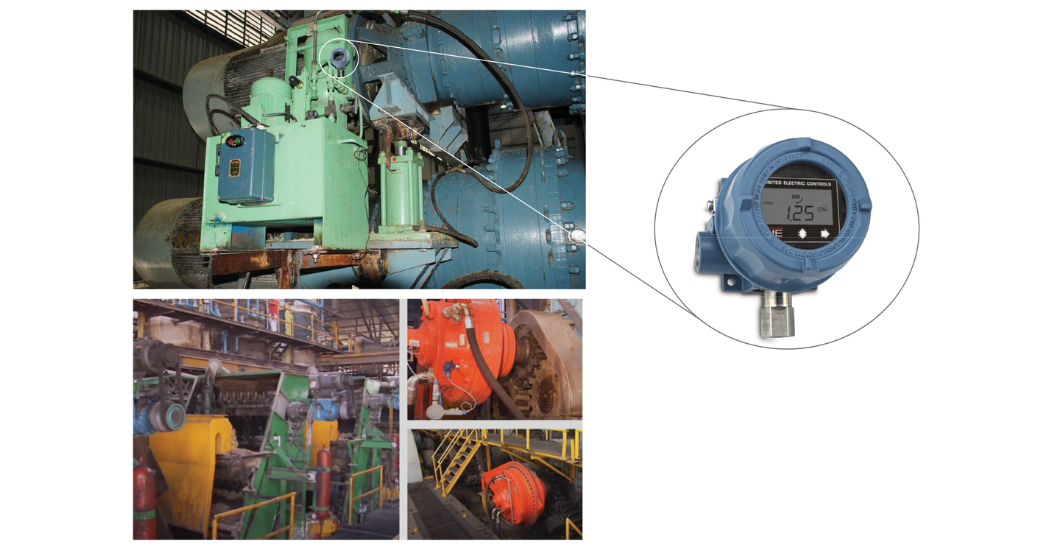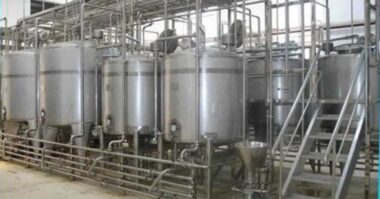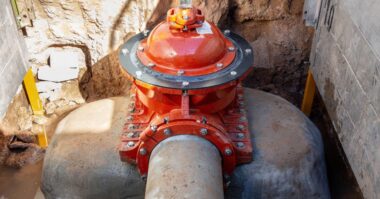Challenge
Sugar processing is a resource intensive operation. There is a lot of heavy machinery (e.g. crushers, clarifiers, evaporators) involved to convert sugar cane into refined products like sugar. The challenge is to maintain these machinery assets well so that the mill operates safely, with minimal downtime.
The customer operates a sugar mill in Guatemala. There is a substantial amount of mechanical instrumentation that is used for the alarm and shutdown of the equipment in a sugar mill. For example, mechanical switches and gauges are used to monitor hydraulic pressure of the crushers so that it performs optimally. Unfortunately with mechanical instrumentation, there is no way to continuously track the level of hydraulic pressure (e.g., via 4-20mA signal) before an abnormal condition occurs.
The customer wanted to trend hydraulic pressure of the equipment for predictive maintenance purposes but was looking for a cost-effective instrumentation solution to transmit an analog signal while having a local switch to shutdown the equipment for safety if necessary.
Solution
The customer initially considered installing a transmitter for each crusher to convey the 4-20mA signal to the distributed control system (DCS). Due to the high device cost of transmitters, the upgrade project would have been a huge financial burden for the customer.
The customer decided to purchase UE’s All-in-ONE switch+transmitter because it combined the functions of a transmitter, switch and gauge in one device. The customer did not require the high accuracy of a transmitter and was more than satisfied with the 0.5% accuracy delivered by the switch-transmitter.
UE’s All-in-ONE switch + transmitter was at least half the cost of a transmitter and the customer realized at least 50% savings from the upgrade project.
By using an integrated switch-transmitter-gauge device, the customer was able to realize several benefits:
- Predictive maintenance – With the 4-20mA signal, the customer was now able to trend the level of hydraulic pressure and arrest any problem before it reached abnormal conditions.
- Local relay for emergency shutdown – The built-in relay allowed the customer to shut down the crusher during emergency conditions. The relay also served as an additional switch for redundancy purposes.
- Increased monitoring accuracy – With the All-in-ONE device, up to 4 times better accuracy of monitoring conditions were achieved compared to a mechanical switch
- Reduction of leak paths – By replacing 3 devices (switch, gage, transmitter) with one device, there was significant reduction of potential leak points resulting in less system maintenance
- Streamlined inventory – Customer only needs one UE All-in-ONE device to perform functions of three devices. Instrumentation inventory can be reduced and standardized across the board.





Comments